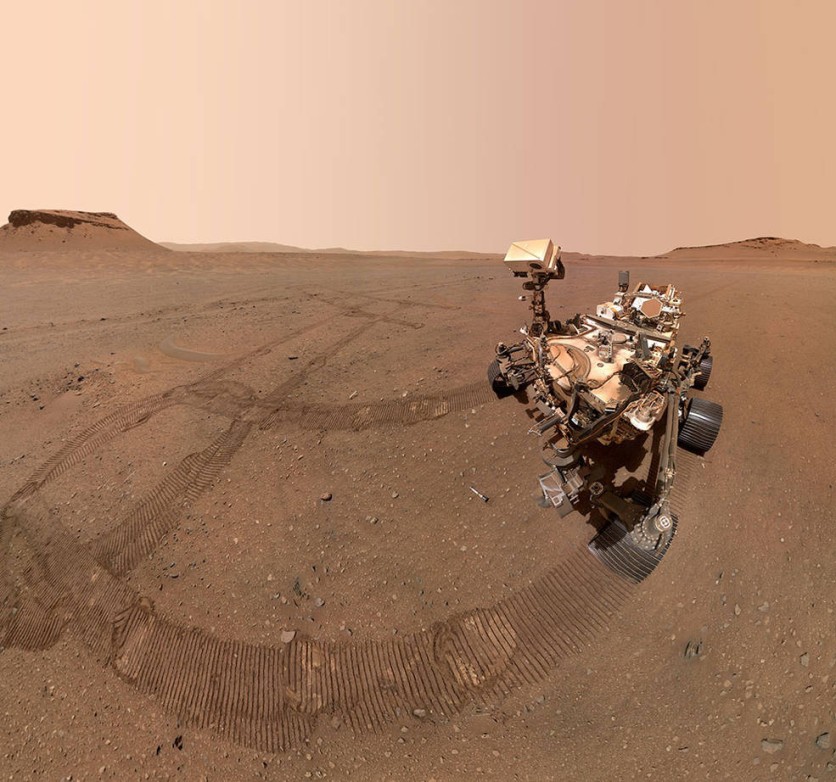NASA's Perseverance rover completed its ten tube samples deposit on the Red Planet, collecting an astounding range of Martian surface so they can be examined on Earth in the future.
Around 5 p.m. PST (8 p.m. EST) on Sunday, Jan. 29, mission controllers at NASA's Jet Propulsion Laboratory (JPL) in Southern California received notification that the Perseverance Mars rover had successfully dropped the 10th and last tube intended for the depot.

Mars Sample Return Program
NASA said that thorough planning and navigation were provided to ensure that the tubes could be safely collected in the future by the NASA-ESA Mars Sample Return program, which aims to transport samples from Mars to Earth for deeper analysis.
The rover has consistently collected two samples from rocks that the mission team considers important for science. In the "Three Forks" portion of Jezero Crater's depot, one sample from each of the pairs that have been collected thus far.
As part of the campaign, the depot samples will act as a backup set while the other half will stay inside Perseverance, which will be the main vehicle for delivering the samples to a Sample Retrieval Lander.
According to mission scientists, the igneous and sedimentary rock cores offer a great cross-section of the geologic events that occurred in Jezero soon after the crater's creation roughly 4 billion years ago.
Additionally, the rover left behind an atmospheric sample and a device known as a "witness" tube, which is intended to check whether samples are potentially contaminated by substances that traveled with the rover from Earth.
Read also : NASA's James Webb Space Telescope Zooms in on Mars for the First Time, Capturing Stiking Martian Details!
Complex Zigzag Pattern
To ensure that they could be recovered safely, the titanium tubes were laid out on the surface in a complex zigzag pattern, with each sample being spaced out by between 15 and 50 feet (5 and 15 meters).
The team was required to properly map each 7-inch (18.6-centimeter) long tube and glove (adapter) combination's location to ensure that the samples could be identified even if they were covered in dust.
The depot is located on flat land close to the base of the raised, fan-shaped old river delta, created decades ago when a river merged with a lake there, according to NASA.
"With the Three Forks depot in our rearview mirror, Perseverance is now headed up the delta," Rick Welch, Perseverance's deputy project manager at JPL, said in a statement.
"We'll make our ascent via the 'Hawksbill Gap' route we previously explored. Once we pass the geologic unit the science team calls 'Rocky Top,' we will be in new territory and begin exploring the Delta Top."
Related Article : NASA's Perseverance Mars Rover Captures the Most Detailed Image of the Martian Surface with 2.5 Billion Pixels

ⓒ 2025 TECHTIMES.com All rights reserved. Do not reproduce without permission.




